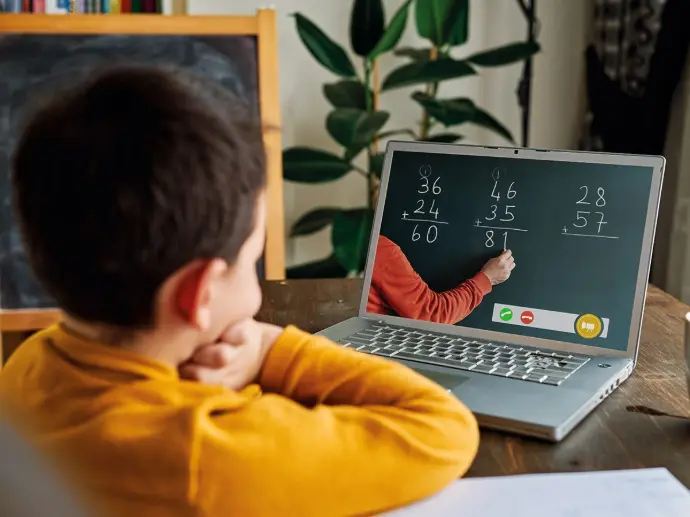Mathematics and numeracy are vital to the cognitive development and problem-solving skills of children. Mathematics at the early childhood stage goes beyond the numbers; it incorporates the ability to recognize patterns, spatial awareness, measurement, logic, and thinking. Maths, when written integrally in helps children to make sense of the world, learn to persevere, and make connections between curriculum areas. Teachers have a great role to play in formulating engaging, playful mathematics experiences. Children can enhance positive experiences. Children can enhance a positive experience and confidence to think mathematically by allowing them to explore, question, and experiment with materials. It helps in the development of skills towards mathematics in children and is considered a fun activity (Howard & Mayesky, 2022).
Creativity Theories and Perspectives
- Howard Gardner’s Theory of Multiple Intelligences: he focuses on logical-mathematical intelligence and multiple creative ways to gain mastery of numeracy (Nolan & Raban, 2024).
- Jean Piaget’s Cognitive Development Theory: This theory guides a child to understand the concepts in space and further in building numbers by exploring and playing.
Resources, materials, and digital technologies
- Natural objects: leaves, stones, shells, blocks, measuring cups, balance scales, rulers, loose parts like sticks.
- Digital technologies: maths tools such as Moose Math and Montessori numbers; whiteboard for illustrating shapes/numbers games; digital scales.
Learning experiences by age group
- 0 to 2 years
- Shape and sound basket: Children will be given soft blocks of various shapes to give them a chance to explore them, stack, bang, and learn about their differences and similarities. It is concentrated on the sense reception and the recognition of shapes.
- Counting at routines: use everyday activities (eg, climbing stairs or snack time) to count aloud.
- 2 to 3 years
- Treasure Hunt Sorting: share a basket of little items like buttons, spoons, and lids, ask children to it as per their choice of size, shape, colour, etc. It aids in the concept of classification, patterning.
- Counting Nature Walk: Together with the teacher, the children loudly count as they pick up sticks, leaves, or rocks. They may group them according to size or shape, which would facilitate basic data manipulation and one-to-one matching.
- 3 to 5 years
- Measurement play: Investigation of measurement through comparing the amount of liquids and solids with the help of measuring cups in the sand pit or the water play.
- Maths market role play: imagine and create a mock market with play money and price tags, where children can be encouraged to learn about addition, subtraction, and financial literacy.
- 6 to 8 years
- Board games: children make up their dice-based board using number dominating games and games connected with logic.
- Scavengers hunt for Maths: children look both inside and outside for items that correspond to a certain mathematical concept, such as triangles, pairs, or groups of three. What they locate is sorted, counted, and shared.
Learning original creative opportunities
- Shape and sound discovery: Children from 0 to 2 years are given a basket full of soft blocks in all sizes, shapes, and textures. By stacking, pounding, and mouthing the objects, they begin to recognise when there are parallels and differences between them. The provided task encourages early shape exploration. It supports outcome 5 that children are effective communicators as they enhance their vocabulary. (AGDE, 2022).
- Counting nature walk: children can pick sticks, leaves, or rocks. They count out loud as every item is picked up, and children are allowed to group them and then classify them according to size, shape, or type. Using an appropriate outside setting, the exercise offers a basic initial exposure to the ideas of counting, grouping. Additionally, it promotes language, development, observation skills, and engagement with the natural environment. The support outcome 2 children are connected to and contribute to their world as they connect with nature. (AGDE, 2022).
Critical thinking
Being a teacher, I use real-world scenarios to teach numeracy and critical thinking in mathematics. They assist children in developing their thought processes and coming up with diverse ideas. When counting, comparing, and measuring, or pattern looking features happen, I encourage the children to think and solve problems. I have discovered that these little cues can lead to big thinking, helping children to think fluently, reason, and become confident in their mathematical reasoning.

https://pin.it/14uag0AxI
Original Creative Learning Opportunities for Children


